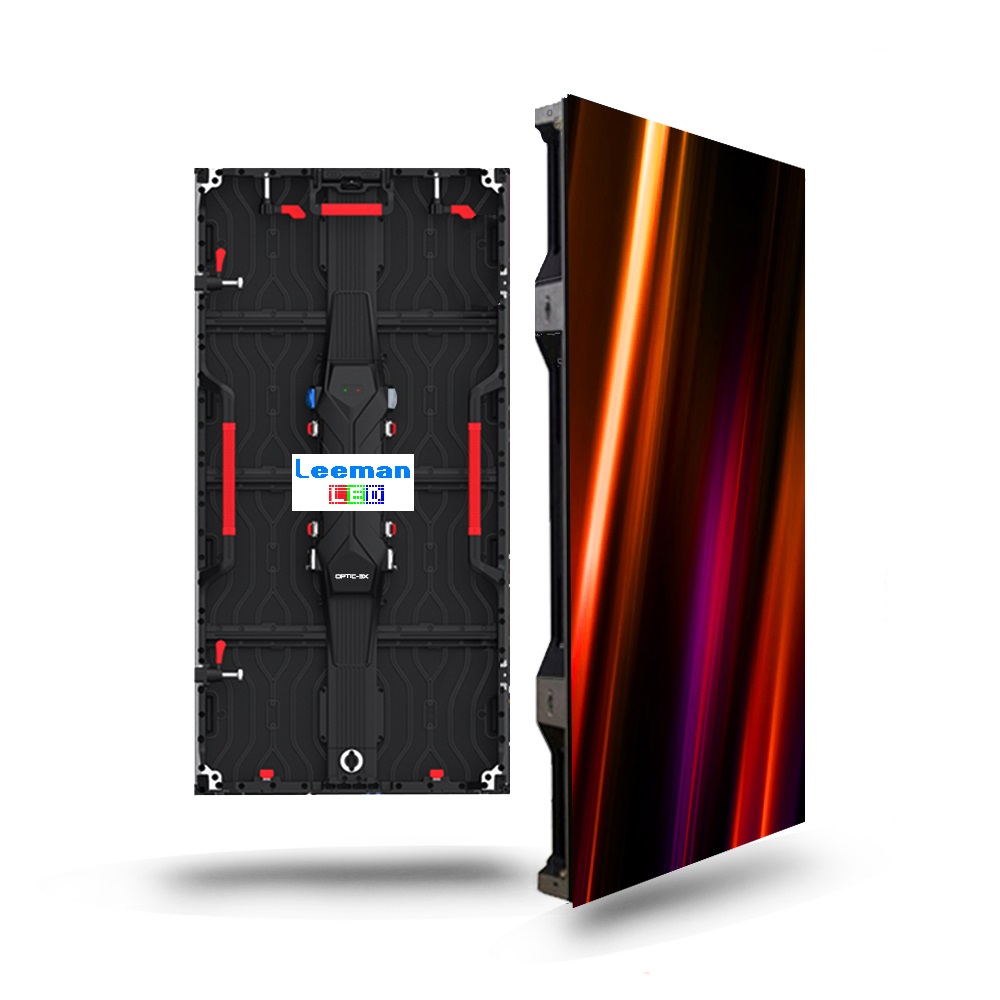The first step in ensuring color precision is comprehending how LED systems works. LEDs, or light-producing diodes, generate light in multiple shades by combining red, green, and blue (RGB) light. Each pixel on an LED screen consists of these three colors. When calibrated correctly, the mix of RGB can produce a broad range of hues. However, if one color is too bright or too dim, it can distort the whole screen. This is why calibration is necessary to equalize the hues and reach the intended graphic effect.
Tuning involves adjusting the configurations of the LED screen to make sure that the colors shown correspond the initial content as closely as feasible. This process typically involves using specialized software and hardware instruments. Technicians frequently use color measurement devices, such as color meters, to examine the colors being shown. By comparing the assessed hues to standard color standards, they can make precise adjustments. This guarantees that the colors are not only vibrant but also uniform across the entire screen.
Another crucial aspect of color precision is understanding the environment in which the LED screen is used. Factors such as surrounding light can investigate this site considerably impact how hues look. For example, a well-lit illuminated room may wash out hues, making them look not as vibrant. To mitigate this, technicians may adjust the luminosity and contrast settings of the LED wall. Additionally, they may choose particular color profiles that are more suited for different lighting conditions. This flexibility helps maintain color precision regardless of the observing environment.

Finally, regular maintenance and re-tuning are essential for keeping an LED wall looking its finest. Over time, the functionality of LEDs can change due to factors like degradation and temperature fluctuations. Regular checks and modifications can help ensure that the colors remain correct and lively. By investing time in proper tuning and maintenance, venues can provide viewers with breathtaking visual presentations that improve their overall experience. Perfecting color accuracy in LED screen tuning is not just a mechanical job; it is an art that contributes to the wonder of graphic storytelling.